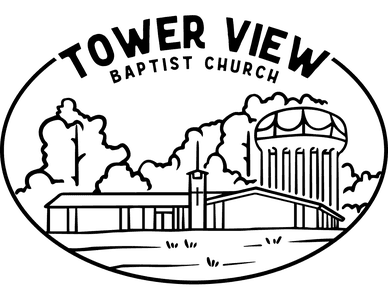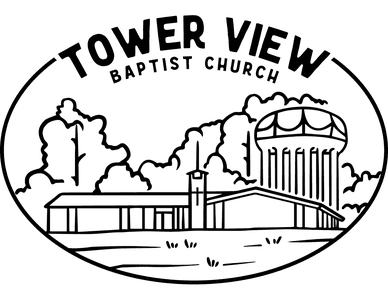In the New Testament, a wealth of information and detail concerning the second coming of Christ is given to us. It is impossible to cover all aspects in one brief blog post. This “Theology Tuesday” will focus on Revelation 19:11-21 and we will see a vivid depiction of Jesus and the implications of his return, especially for unbelievers.
(1) The second coming of Jesus is our unwavering and certain hope, as emphasized by Paul in Romans 8:22-25 and 1 Thessalonians 4:13-18. Titus 2:13-14 refers to it as "our blessed hope," and Peter urges believers to set their hope on the grace revealed at the revelation of Jesus Christ (1 Peter 1:13). Setting our hope on seeing Jesus has a purifying effect, aligning us with his character (1 John 3:2-3).
(2) Revelation 19 portrays Jesus on a white horse, symbolizing his triumphant arrival. This imagery—as we have said on Sunday mornings—is apocalyptic and symbolic, highlighting His role as a conquering ruler rather than a literal description of the mode of His return.
(3) Jesus is described as "Faithful and True," judging and waging war in righteousness (Revelation 19:11). His judgment is not only against unbelievers … but also on behalf of His people, highlighted by perfect righteousness.
(4) Jesus’ eyes are a flame of fire, and he wears many diadems, symbolizing his authority over all (Revelation 19:12). This contrasts with earthly rulers, emphasizing Jesus as the true, cosmic king.
(5) His name, known only to himself, signifies the inexhaustible depths of Christ's character and resources beyond human comprehension (Revelation 19:12).
(6) Clothed in a robe dipped in blood, likely his own shed on the cross, and called "the Word of God," Jesus manifests and reveals the character of God through his words and deeds (Revelation 19:13).
(7) Jesus is followed by heavenly armies, possibly angels and believers, symbolized as being arrayed in fine linen, white and pure, riding on white horses (Revelation 19:14).
(8) A sharp sword from his mouth symbolizes judgment, ruling with a rod of iron, and treading the winepress of God's wrath (Revelation 19:15). He is declared the "King of kings and Lord of lords" (Revelation 19:16).
(9) The order of events at the Second Coming, as listed in Rev. 19, seemingly includes the absence of a pre-tribulation rapture, the return of Christ with angels and resurrected believers, the transformation of living believers, and their participation in Christ's victory over His enemies.
(10) The judgment of Christ's enemies is swift and final, symbolized by the destruction of the beast, false prophet, and their followers (Revelation 19:17-21). This imagery echoes Old Testament depictions of divine judgment, showing that all, regardless of status, will be held accountable before God (Rom. 14:12; Heb. 9:27-28).
In anticipation of these events, believers echo the sentiment, "Even so, come Lord Jesus!"
“Beloved, we are God's children now, and what we will be has not yet appeared; but we know that when he appears we shall be like him, because we shall see him as he is. And everyone who thus hopes in him purifies himself as he is pure” (1 John 3:2-3).


